The problem is: Given this kind of forest:
 if we have a node, how can we get the descendants of it?
if we have a node, how can we get the descendants of it?
I thought this algorithm that I think is pretty efficient when talking about reading all descendants adding some little overhead in the writing(it's not too much):
Firstly, to simplify, let's suppose that the number of root nodes is limited to N. We then will need to store a list with the N first primes. When we create the first node we will assign the 2nd prime of our list (3) to a field name treeId, the second root node gets the 3rd prime, and so on (we can keep a counter of how many roots there are).
To create a child of a parent, we will take the parent's treeId and recursively multiply to the parent of parent treeId and then multiply by 2 (the first prime). To know all descendent of a node with nodeId = k, we can do a linear search and get all nodes whose treeId is different than k and is divisible by k.
We can remove the limit of N records as root creating another index treeGroupId so that a child will inherit the same treeGroupId of the parent and we verify if two nodes have the same treeGroupId to then apply the first verification algorithm.
My question is: Is this a known technique to search for Tree decendents? Is there any flow in this algorithm. If there's can we have better result?